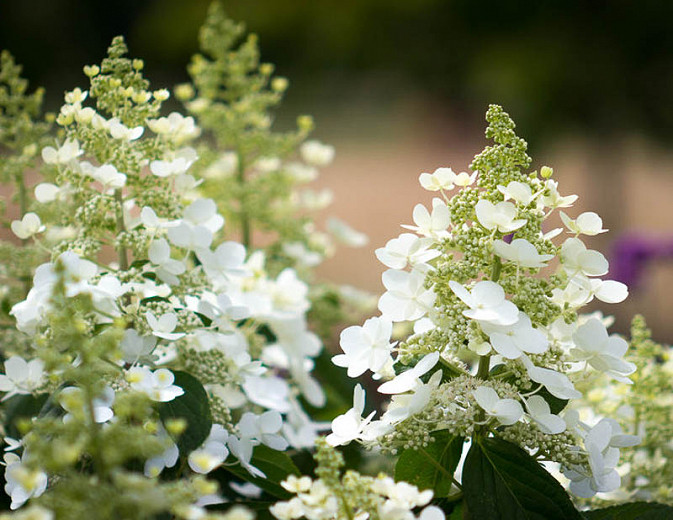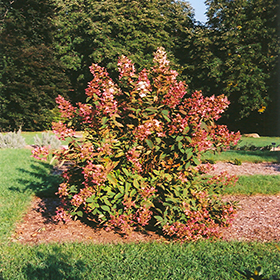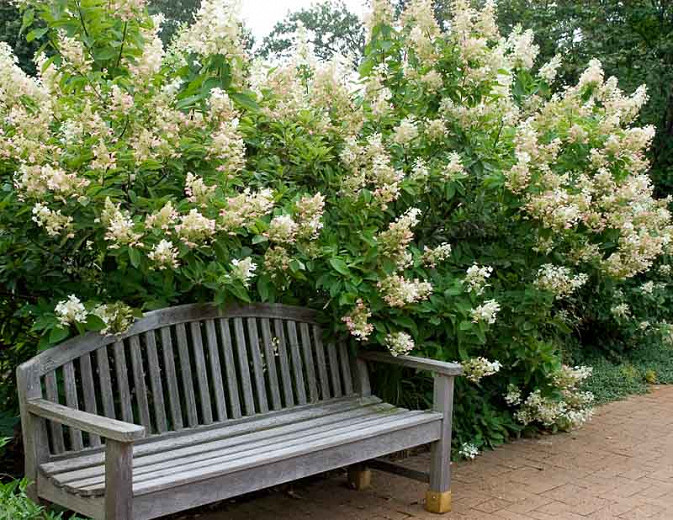The Tardiva Hydrangea: The Showstopper Of The Fall Garden
The Tardiva Hydrangea: The Showstopper of the Fall Garden
Introduction
The Tardiva hydrangea is a late-blooming panicle hydrangea that is known for its stunning fall colors. The flowers start out as a pale green in the summer, then gradually turn pink, red, and finally deep purple as the weather cools down. Tardiva hydrangeas can grow up to 8 feet tall and wide, making them a great choice for adding height and color to the fall garden.
Main Content
- Planting Tardiva hydrangeas
Tardiva hydrangeas are relatively easy to grow. They prefer full sun to partial shade and well-drained soil. When planting, amend the soil with compost or manure to improve drainage and fertility. Space plants 4-5 feet apart.
- Caring for Tardiva hydrangeas
Tardiva hydrangeas are not very drought-tolerant, so water them regularly during the summer months. Fertilize in the spring with a balanced fertilizer. Deadhead spent flowers to encourage new blooms.
- Fall color
The fall color of Tardiva hydrangeas is truly spectacular. The flowers start out as a pale green in the summer, then gradually turn pink, red, and finally deep purple as the weather cools down. The colors are most vibrant in cooler climates.
- Pests and diseases
Tardiva hydrangeas are generally pest- and disease-free. However, they can be susceptible to powdery mildew, especially in humid climates. If you see powdery mildew, treat it with a fungicide.
- Uses for Tardiva hydrangeas
Tardiva hydrangeas are a beautiful addition to any garden. They can be used as a focal point in the landscape, or as part of a hedge or border. They are also great for cut flowers.
Conclusion
The Tardiva hydrangea is a stunning plant that is sure to add beauty to your garden in the fall. If you are looking for a late-blooming hydrangea with vibrant fall colors, Tardiva is a great choice.
Are you looking for a beautiful and long-blooming hydrangea? If so, you should consider the hydrangea paniculata tardiva. This stunning shrub is known for its large, cone-shaped flowers that bloom in shades of pink, blue, or white. The flowers last for several weeks, making the hydrangea paniculata tardiva a great choice for adding color to your garden.
If you're interested in learning more about the hydrangea paniculata tardiva, I recommend visiting . This website has a wealth of information about the plant, including its care requirements, propagation methods, and pest and disease control. You can also find photos of the plant in bloom, as well as tips on how to use it in your garden.
FAQ of hydrangea paniculata tardiva
Q: What is Hydrangea paniculata tardiva?
A: Hydrangea paniculata tardiva is a type of hydrangea that blooms later in the season than most other hydrangeas. It is known for its large, conical panicles of white flowers that turn pink as they mature. Tardiva hydrangeas are hardy in USDA zones 3-8 and can grow up to 8 feet tall.
Q: When does Hydrangea paniculata tardiva bloom?
A: Tardiva hydrangeas typically bloom in late summer to early fall. They can bloom for up to 6 weeks, which makes them a great choice for adding late-season color to the garden.
Q: How do I care for Hydrangea paniculata tardiva?
A: Tardiva hydrangeas are relatively easy to care for. They prefer moist, well-drained soil and full sun to partial shade. They should be watered regularly, especially during hot, dry weather. Tardiva hydrangeas do not need to be pruned heavily, but you can remove dead or damaged branches in the spring.
Q: How do I get my Hydrangea paniculata tardiva to bloom pink?
A: The color of Tardiva hydrangea flowers is affected by the acidity of the soil. If you want your flowers to be pink, you will need to make the soil more acidic. You can do this by adding peat moss or sulfur to the soil.
Q: What are some common pests and diseases that affect Hydrangea paniculata tardiva?
A: Tardiva hydrangeas are relatively resistant to pests and diseases. However, they can be susceptible to aphids, scale, and leaf spot. If you notice any pests or diseases on your plant, you can treat them with an insecticidal soap or fungicide.
Image of hydrangea paniculata tardiva
- Image 1: A close-up of a white hydrangea paniculata tardiva flower. The petals are slightly cupped and have a delicate, lacy appearance.

- Image 2: A full shot of a hydrangea paniculata tardiva shrub in bloom. The flowers are a light pink color and are arranged in large, conical clusters.

- Image 3: A hydrangea paniculata tardiva shrub in the fall. The flowers have turned a deep pink-purple color and are still in full bloom.

- Image 4: A hydrangea paniculata tardiva shrub in a garden setting. The shrub is surrounded by other flowers, including roses and lilies.

- Image 5: A hydrangea paniculata tardiva flower in a vase. The flower is still in full bloom and its petals are a delicate pink color.

Post a Comment for "The Tardiva Hydrangea: The Showstopper Of The Fall Garden"